Rules and technology for pruning felt cherries

Pruning of felt or Chinese cherries is carried out by summer residents in spring or autumn. The timing depends on the characteristics of the plant, its age and other factors. This shrub, like other garden crops, needs proper care, removal of dead or damaged branches, and thinning of the crown.
A story about how to properly prune Chinese young and old cherries, as well as how to form them for beginners according to the scheme, will help to understand the seasonality and other features of these procedures.
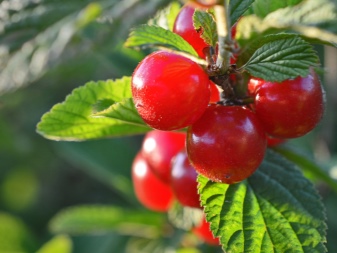

The need for a procedure
The Chinese cherry is a beautifully flowering and fruiting garden shrub popular with gardeners.... He is appreciated for early maturity, ease of adaptation to almost any climatic conditions, beautiful flowering, high productivity. This garden shrub is good in many ways, however, it also has certain disadvantages. Active fruiting lasts about 10-15 years, while the formation of berries occurs exclusively on the shoots of 1 year. That is why felt cherries are pruned annually.
The sanitary value of this procedure should not be overlooked either.... The shrub annually gives abundant growth, has a tendency to thicken. If the crown is not thinned out, instead of a bountiful harvest, you can get a garden affected by fungal infections or other diseases. The pruning also affects the quality characteristics of the fruit. They can become smaller when overloaded. In addition, timely thinning helps to extend the life of the shrub on the site.
Sometimes pruning is done for formative purposes. With its help, you can get a standard tree or a half-stem culture from a bush. Even if the plant is planted as a hedge, it still needs pruning to give the crown a neat shape.

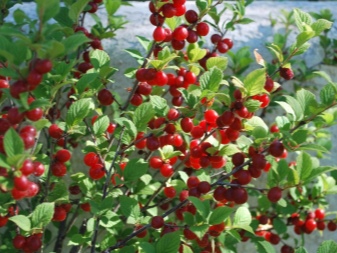
Timing
You can prune felt cherries in the spring or fall. The choice of the optimal period is influenced not only by climatic factors, but also by the purpose of the procedure. For example, spring pruning allows for rehabilitation after winter, removing diseased or damaged shoots. In the fall, the branches that bear fruit are cut out, the bush is thinned out from too abundant growth. Sometimes the procedure is performed twice a year, especially when the plant reaches the age of 5-7 years.
The choice of timing for pruning takes into account the regional factor. In Siberia, it is held from the end of April to May, while in the south it is better to shift the event to 2-3 ten days of March. In general, work should be completed before flowering begins. You need to start working with a pruner from the moment the kidneys swell. In the summer, shoots are also sometimes cut and pinched, they do this in July, during the period of the most active growth of new branches.

How to prune trees correctly?
There are certain rules that gardeners will be useful to learn. For novice summer residents, it becomes a discovery that there are schemes according to which a bush should be formed. Observing the sequence of actions indicated in the description, even a beginner can cope with the task. The bush is formed using a pruner. Skeletal branches are shortened with a saw, in the future they must be processed with garden pitch.
Instruments are pre-disinfected. This can be done with a strong manganese solution. Disinfection eliminates the transfer of infections between different plant species in the garden.

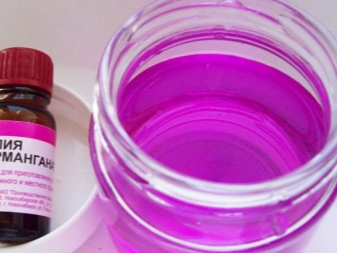
Young
Plants are never touched for 1 year after planting. The formation of the felt cherry begins at the age of two. In early spring, all shoots are removed to a height of up to 40 cm. This will stimulate an intensive growth of the mass of branches. When the bushes reach the age of three, the following measures of influence begin to be taken.
- In spring, all shoots are shortened by 1/3 of their total length.
- With the onset of fruiting, 8-10 of the strongest shoots are selected from the bush - the skeleton. The rest of the branches are cut at the base. Do this as close to the ground as possible.
A feature of pruning young bushes can be called the minimum risk of errors. Felt cherry so actively increases the mass of shoots that the defects made during the formation are quickly compensated for. The average annual growth is 300-500 mm. At the same time, exclusively vegetative buds are formed on long shoots. Pruning helps to achieve the appearance of their fruit variety.
It is important to take into account that young felt cherry may experience disturbances associated with the direction of shoot growth. They are normally directed outward. Growth inside the crown is a defect that is corrected in the summer by pinching the shoots. It will also help stimulate more abundant flowering. Branches that cannot be redirected in this way in the summer are corrected by pruning in the spring, before the felted cherry blossoms.
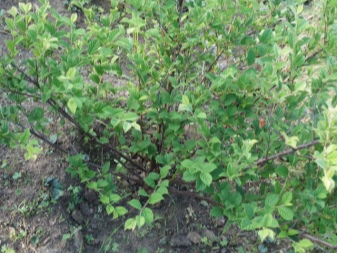
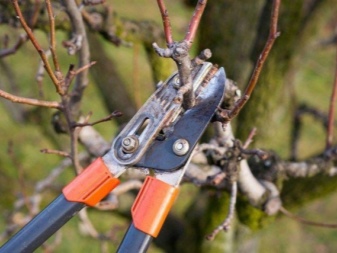
Adults
Adult bushes require several types of pruning at once. It is carried out in stages, providing optimal conditions for extending the life of the felt cherry. The order of the events will be as follows.
- Formation... It is carried out in the spring (starting from March 15), taking into account the climatic features of the region. Removal is carried out for excess lateral processes, skeletal shoots are also removed, leaving them in an amount of no more than 10 for each bush. 1/3 of the length is removed from the preserved base. After trimming, the skeletal parts of the bush should be separated at a distance of at least 10-15 cm from each other.
- Sanitation... This type of pruning is carried out regardless of the age of the plant. Sanitary thinning is carried out in spring, summer and autumn. Abnormally growing, broken, weak shoots are removed. If signs of fungal infections are detected in the crown, all diseased branches must be removed, and then burned.
- Rejuvenation... It is required for mature trees over 7 years old. It is carried out in the autumn, after the fall of leaves. When rejuvenating, you need to cut out all branches of the crown older than 3 years to the base. This will avoid the transfer of fruiting to the edges of the crown.
All shoots that are not shortened to the base are pruned to the outer bud. It is important to understand that pruning helps keep the plants tidy, but gradually the restrictions stop working. Old bushes will need a very different approach. They can be kept in order using other methods.
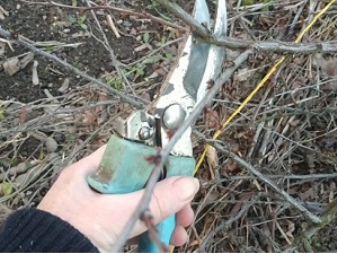
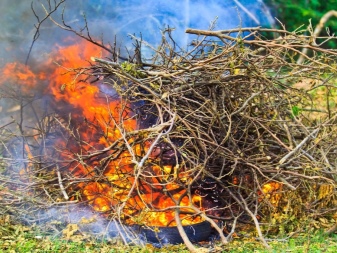
Old
Signs of aging of felt cherry bushes are abundant growth of green mass, as well as a change in the fruiting process. Berries appear on such plants only at the tops of the shoots. Growth of less than 20 cm throughout the year is a sign that the plant needs renewal. In this case, a total pruning of the bush is performed at the root, only 5-6 shoots of the second year are left on the surface.
Pruning old and neglected bushes for the purpose of rejuvenation is carried out according to a certain scheme. Work is carried out in the spring, during the period of swelling of the kidneys. This is the easiest way to identify unproductive or dead branches. The procedure will be as follows.
- Inspection of the bush. With its help, the identification of dried, rotted, broken off branches is carried out. The discovered lifeless shoots are cut into a ring or an external bud.
- Elimination of thickening. Very thick and old center shoots must be removed. This will lighten the crown, thin it out more than when removing side branches. They are cut to lateral shoots or bud growth points.
- Rationing... At this stage, all twisted and frayed shoots are cut out. Rationing helps thin the crown even more. In addition, its further growth will be in the right direction.
If you find a completely dry felt cherry bush on the site, you can try to give it a new life. By cutting down all the outer shoots at the base, the grower gives the plant a powerful incentive to form young shoots. This will allow you to hope that the bush will come to life, awakening dormant buds.
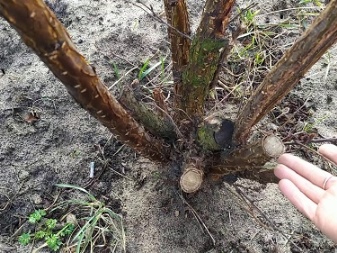
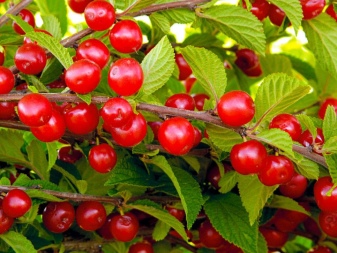
Helpful hints
Before pruning felted cherries for the first time, there are some simple rules you should learn to avoid mistakes. Among the most important points to consider are the following.
- The appearance of the crown. If the center of the plant begins to dry out, you can remove all of these shoots. At the same time, the annual growth is not touched, leaving it unchanged.
- Trim Intensity... Even in the most neglected plants, no more than 1/3 of the total volume of bushes is removed in 1 season. Otherwise, you can simply destroy the bushes, depriving them of their vitality.
- Restraining growth. It is necessary for plants to avoid thickening of the crown. The procedure is carried out from late February to early March. In this case, all shoots are shortened by 50 mm in circumference, and then the wounds are treated with garden pitch.
- Changing the direction of the crown. In felted cherries, it can also contain tops - vertically directed shoots that take food from the rest of the plant. Such branches are sterile and dangerous. You can fix the problem by cutting them into a ring.
- Fight overfed shoots. If there is an excess of nitrogen in the garden soil, in the summer the felt cherry produces young shoots that simply do not have time to ripen. It will die in the winter months, and until autumn will take away a considerable supply of vitality from the remaining branches. This growth must be cut during the summer months.
Felt cherry tree requires a slightly different approach. Such a plant can stretch 1.5-2 meters in height. If growth is too intense, action must be taken. In this case, the entire crown of the tree-like felt cherry is pruned by 20-25 cm at the end of February. This will stimulate the formation of bouquet branches. Annual shoots longer than 20 cm are also pruned. But in this case, you will have to remove about 5 cm in length. In this way, the crown will always be maintained at an optimal density level.

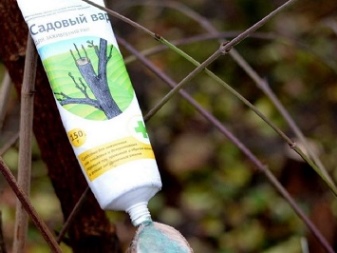







The comment was sent successfully.